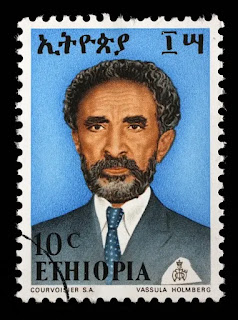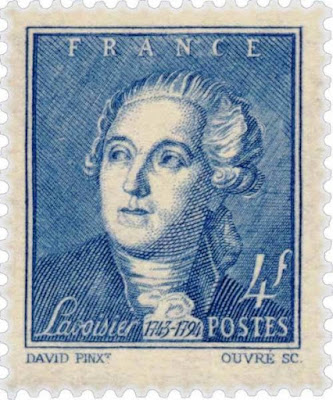Dr. Maria Montessori, born on August 31, 1870, in Chiaravalle, Italy, was a pioneering educator, physician, and innovator in the field of child development and education. Her groundbreaking work in creating the Montessori educational approach has had a lasting impact on early childhood education worldwide.
Maria Montessori's approach to education emphasized the importance of fostering a child's natural curiosity, independence, and love for learning. She believed that children have an innate desire to explore and understand the world around them, and her teaching methods were designed to provide a prepared environment that encouraged hands-on learning and self-discovery.
In 1907, Maria Montessori opened the first Casa dei Bambini, or "Children's House," in Rome. This was a classroom environment specifically designed to implement her educational principles. Her methods, which included using specially designed educational materials and allowing children to choose their own activities, gained international recognition and were embraced by educators around the world.
Maria Montessori's work challenged traditional educational norms and emphasized the importance of treating children with respect and nurturing their individual growth. Her pedagogical approach extended beyond academics to include the development of life skills, social interactions, and emotional intelligence.
Throughout her life, Dr. Montessori traveled, lectured, and wrote extensively about her educational philosophy. She believed that education was a key tool for promoting peace and social harmony, as well as for unlocking the potential of each individual child.
Dr. Maria Montessori passed away on May 6, 1952, leaving behind a legacy that continues to shape early childhood education and inspire educators, parents, and researchers. Her methods have been adapted and applied in diverse educational settings worldwide, contributing to a more child-centered and holistic approach to learning.




.jpg)

































.jpg)